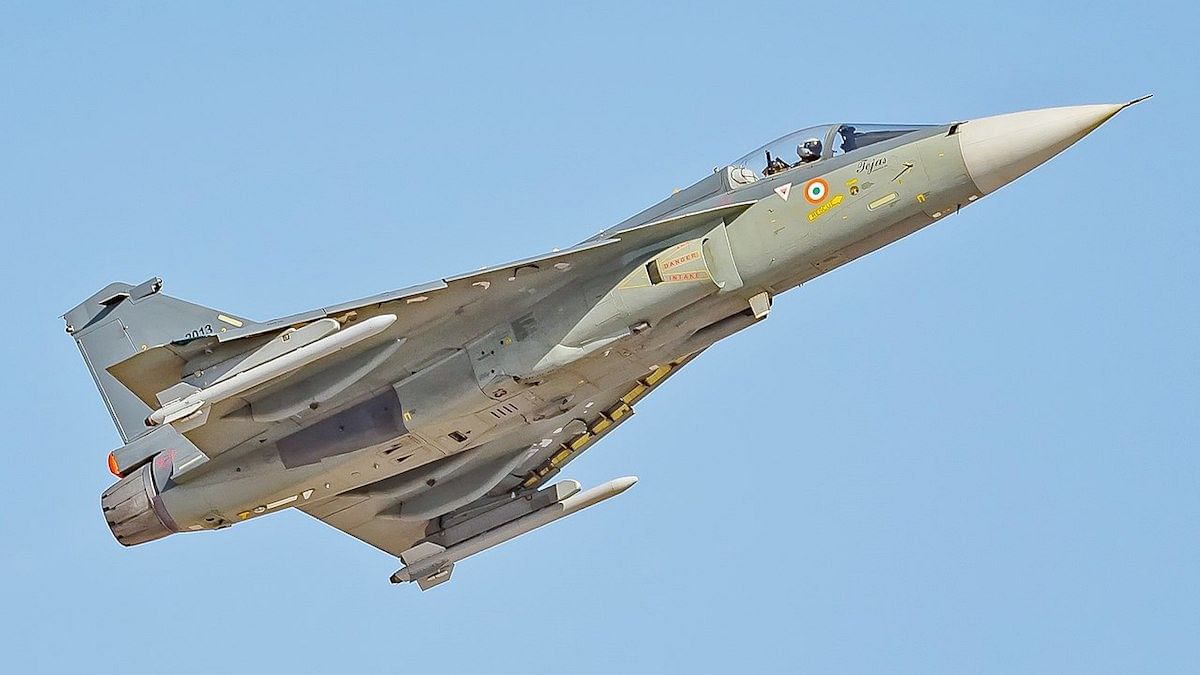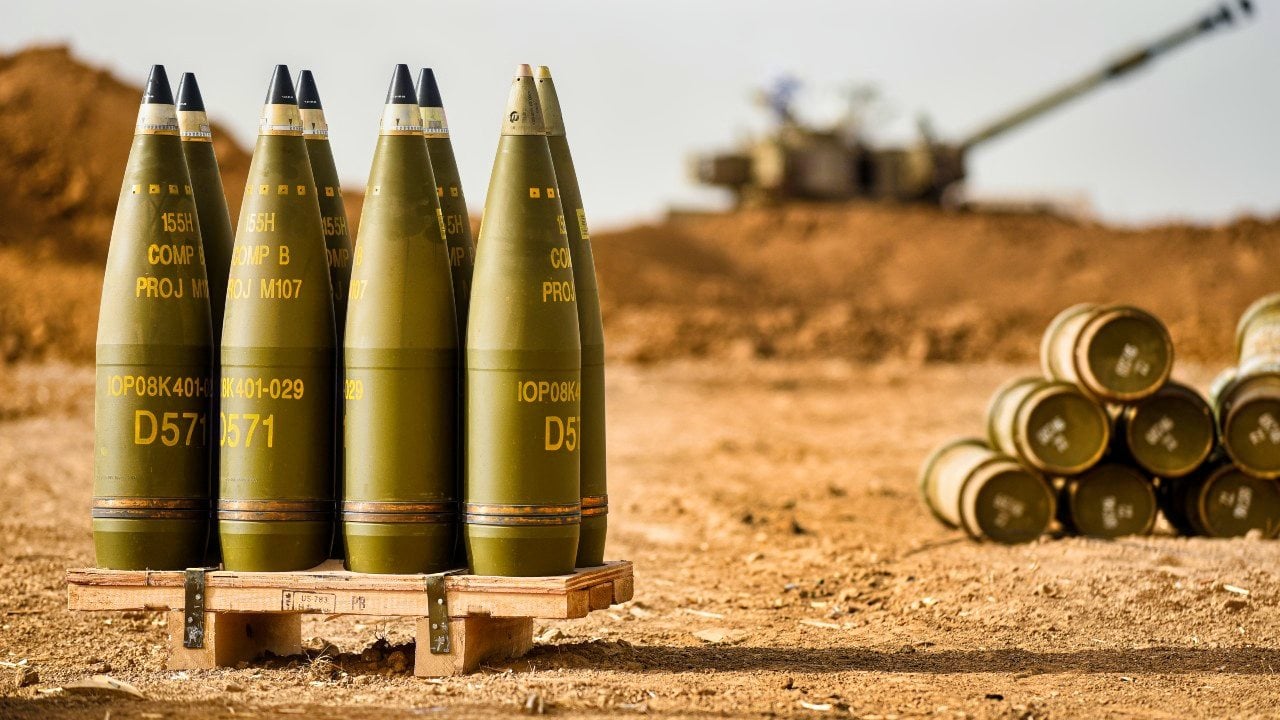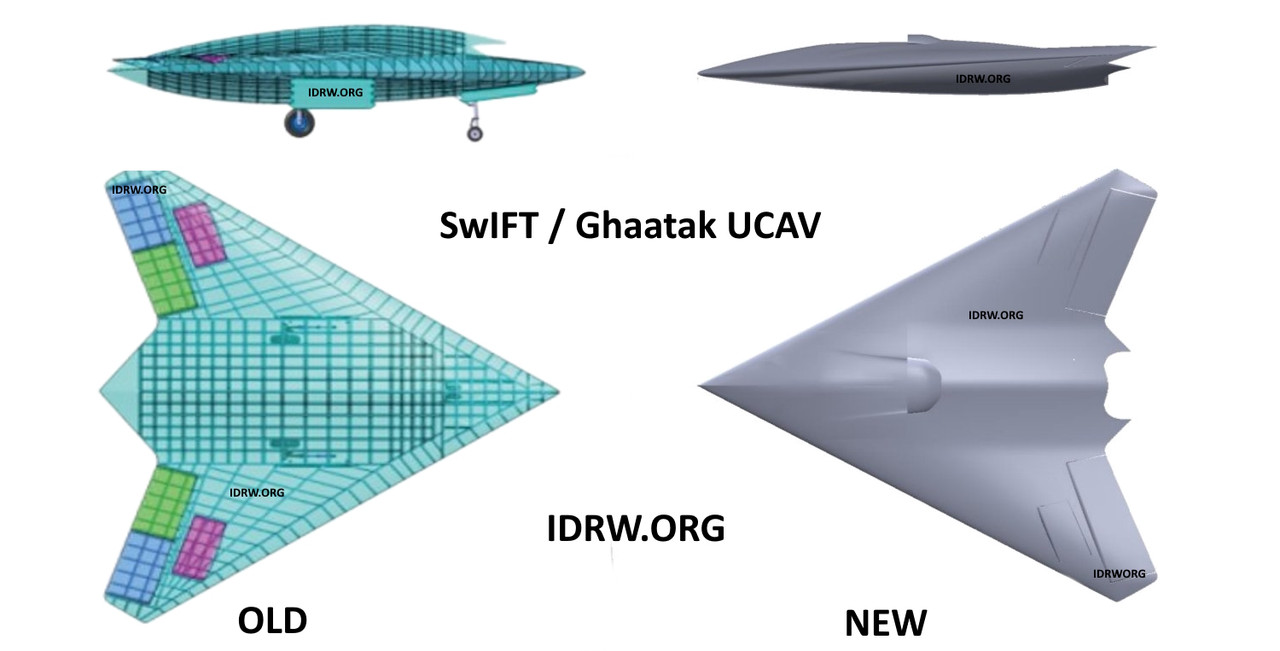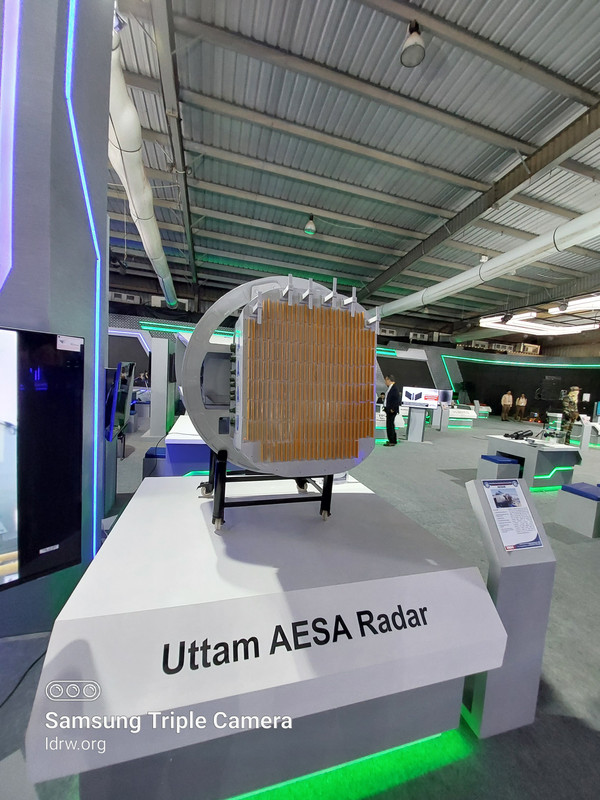SOURCE: AFI

China’s People’s Liberation Army Navy (PLAN) has bolstered its arsenal with the YJ-18, a new family of anti-ship cruise missiles designed to challenge regional adversaries. This article delves into the YJ-18’s origins, capabilities, and potential future variants.
The YJ-18’s development timeline remains somewhat murky. While inspired by the Russian 3M-54E Club missile, it’s unclear if its design stems from collaboration or independent engineering. Public mentions surfaced around 2009, with testing concluding in 2013 and official service commencing in 2014.
Continue readingSOURCE: AFI
:quality(70)/cloudfront-us-east-1.images.arcpublishing.com/archetype/S5M7BYWEC5HWTGOIO5RPIMKDOM.jpg)
South Korea’s ambitious aerospace project, the KF-21 fighter jet, has taken a significant leap forward with the commencement of production announced by the Defense Acquisition Program Administration (DAPA) on Wednesday. This milestone signifies a major boost to the country’s defense capabilities and its pursuit of self-reliance in the aviation sector.
The momentous occasion was celebrated at the headquarters of Korea Aerospace Industries (KAI), the jet’s manufacturer, located in Sacheon, South Korea. The ceremony marked the assembly of the very first production model of the KF-21, a testament to the tireless efforts of engineers and technicians involved in the project.
Continue readingSOURCE: IDRW.ORG TEAM
In a significant development, Brazil has expressed keen interest in acquiring India’s indigenously developed Akash missile system. Brazilian Delegation already has witnessed live Demonstration of the India’s Akash Missile System in India and soon it will be asking India to send Financial bid for India’s Akash Missile System.
This comes on the heels of India’s successful export of the Akash to Armenia in a substantial ?6,000 crore deal. The Akash, a surface-to-air missile system, has garnered global attention for its advanced capabilities and proven effectiveness. Its ability to intercept multiple aerial targets simultaneously has made it a sought-after defense asset.
Continue readingSOURCE: IDRW.ORG TEAM

Israel Aerospace Industries (IAI) is keen on expanding its footprint in India by establishing a passenger-to-freighter (P2F) conversion facility and an engine maintenance, repair, and overhaul (MRO) center. The company is in advanced discussions with Hindustan Aeronautics Limited (HAL) and another undisclosed Indian firm to set up the P2F conversion facility within the next two years.
IAI envisions India as a strategic location for these operations due to the burgeoning demand for air cargo services globally. The company highlights the potential of converting wide-body aircraft like the Boeing 777 into freighters, which can carry up to 100 tons of cargo. This capacity surpasses the current limitations of twin-engine wide-body freighters, which typically handle around 60 tons.
Continue readingSOURCE: AFI

Pakistan has significantly bolstered its aerial surveillance capabilities with the recent acquisition of another Saab 2000 Erieye Airborne Early Warning and Control (AEWC) aircraft. This addition brings the total number of Swedish-made AEWC aircraft in the Pakistan Air Force (PAF) arsenal to an impressive nine.
The new Erieye, which entered service alongside other recently acquired assets like J-10C fighter jets and C-130H transport aircraft, is equipped with an advanced Active Electronically Scanned Array (AESA) radar system. This cutting-edge technology grants the aircraft an extended detection range of up to 450 kilometers, providing a crucial advantage in aerial warfare.
Continue readingSOURCE: AFI

The upcoming Exercise Tarang Shakti is set to witness the Indian Air Force’s (IAF) Light Combat Aircraft (LCA) Tejas in a challenging role. Positioned as part of the Red Team, the aggressor squadron, the Tejas will be tasked with simulating attacks on the friendly forces, the Green Team.
Leveraging its small radar cross-section (RCS) and agile maneuverability, the Tejas is expected to pose a significant challenge to the opposing forces. The aircraft’s compact size and semi- reduced RCS features make it difficult to detect in Within Visual Range (WVR) combat and on radar, except at extremely close distances.
Continue readingSOURCE: AFI

The burgeoning demand for 155mm artillery shells from European nations has inadvertently propelled India’s private sector into a manufacturing behemoth. Domestic companies, once primarily focused on exporting empty shells, have significantly ramped up production to meet the growing global appetite for this critical munition.
India is poised to witness a quantum leap in its 155mm shell-making capacity, with the private sector alone projected to produce over 3 lakh shells annually by the financial year 2027. This staggering figure excludes the output of public sector undertakings, underscoring the meteoric rise of the domestic industry.
Continue readingSOURCE: AFI

The Central Industrial Security Force (CISF) is set to bolster its surveillance capabilities with the procurement of 605 units of 8x30R binoculars. This strategic move aims to equip its personnel with advanced tools for effective monitoring and response.
The new binoculars will provide CISF personnel with enhanced visibility and clarity, enabling them to observe and analyze situations with greater precision. This is expected to significantly improve the force’s ability to detect potential threats and respond effectively to security challenges.
Continue readingSOURCE: AFI

In a resounding display of naval prowess, INS Shivalik has clinched the coveted RODEO Trophy at the prestigious RIMPAC24 Naval Gunfire Support Competition. The mega-event, which saw the participation of 25 nations, was a fierce battle for supremacy.
INS Shivalik’s victory is a testament to the Indian Navy’s exceptional gunnery skills and precision. The ship demonstrated unparalleled accuracy in delivering ordnance onto the target, outshining its competitors.
Continue readingSOURCE: RAUNAK KUNDE / NEWS BEAT / IDRW.ORG

DRDO’s Stealth Wing Flying Testbed (SWiFT) is undergoing a significant redesign as India pushes the boundaries of unmanned aerial vehicle (UAV) technology. The latest iteration of the SWiFT, a crucial stepping stone to the larger Ghatak UCAV, features a dramatic departure from its predecessor. The most noticeable changes are in the aircraft’s rear exhaust and air intake systems.
The latest iteration of SWiFT showcases dramatic changes in its aerodynamic profile. The most prominent alterations are in the exhaust and inlet designs. The earlier rounded and hooded rear exhaust has been replaced with a radical new design, expected to enhance stealth characteristics. Similarly, the tridiagonal engine inlet has been transformed into a U-shaped intake, repositioned towards the middle of the fuselage.
Continue readingSOURCE: RAUNAK KUNDE / NEWS BEAT / IDRW.ORG

The Indian Defence Research and Development Organisation (DRDO) has initiated a critical process to identify a production partner for the next-generation Virupaksha radar. This cutting-edge system is set to revolutionize the capabilities of India’s Sukhoi-30MKI fighter jets, replacing the currently used Russian-made NIIP N011M Bars (Panther) radar.
The Virupaksha radar represents a significant leap in indigenous defence technology. It builds upon the success of the Uttam Mk2 AESA Fire Control Radar (FCR) developed for the Tejas MkII program. This upscaled variant boasts a larger AESA antenna with an increased number of transmit-receive modules (T/R Modules) – estimated to be between 1200 and 1400, compared to the Uttam Mk2’s 900+. This translates to enhanced capabilities in simultaneously searching, detecting, tracking, and engaging multiple air and surface targets.
Continue readingSOURCE: RAUNAK KUNDE / NEWS BEAT / IDRW.ORG

The Indian Navy is on the cusp of a technological leap with its ambitious plans to integrate uncrewed underwater vehicles (UUVs) into its submarine fleet. These autonomous underwater drones, capable of launching from and recovering via torpedo tubes, will significantly enhance the Navy’s underwater capabilities.
In a parallel development, the Defence Research and Development Organisation (DRDO) has embarked on an equally groundbreaking project – the development of an underwater-launched unmanned aerial vehicle (ULUAV). This novel concept, in collaboration with a Pune-based defence startup, aims to create a drone that can be deployed from a submarine to conduct aerial missions.
Continue readingSOURCE: AFI

South Korea’s defense industry is making significant strides with Hanwha Aerospace unveiling its plans for an indigenous fighter engine. This engine is slated to power the future Block III variant of the KF-21 Boramae fighter jet, currently equipped with licensed GE F414 engines. The new engine is projected to deliver a thrust of 66.7 kN.
India, concurrently pursuing its fifth-generation Advanced Medium Combat Aircraft (AMCA), faces a similar challenge in developing a powerful engine to propel this ambitious project. The required thrust for the AMCA aligns closely with the specifications of South Korea’s upcoming engine.
Continue readingSOURCE: AFI

Vehicle Factory Jabalpur (VFJ), a key unit under the Ministry of Defence’s Armoured Vehicles Nigam Ltd (AVNL), has successfully met its production target for Mine Protected Vehicles (MPVs). The last batch of 11 MPVs was recently flagged off, marking a significant milestone for the facility.
Known for its role in bolstering the Indian Army’s capabilities, VFJ has consistently demonstrated its commitment to timely delivery of critical military equipment. The MPVs, designed to offer superior protection to soldiers in challenging terrains, are a testament to the manufacturing prowess of the facility.
Continue readingSOURCE: AFI

The Naval Science and Technological Laboratory (NSTL), a premier research arm of the Defence Research and Development Organisation (DRDO), has issued a tender for investigating the cavitation behavior of an unspecified ‘corvette’ hull. While the specific details of the corvette remain undisclosed, industry experts speculate that this research is likely linked to the Indian Navy’s upcoming Next Generation Corvette (NGC) project.
The NGC program, with an estimated value of Rs. 36,000 crore, saw the issuance of a Request for Proposal (RFP) in late May 2024. The contract is anticipated to be awarded to two shipyards next year, with the leading bidder securing five vessels. The winning design, developed by the Warship Design Bureau (WDB), is reportedly a 120-meter-long platform.
Continue reading